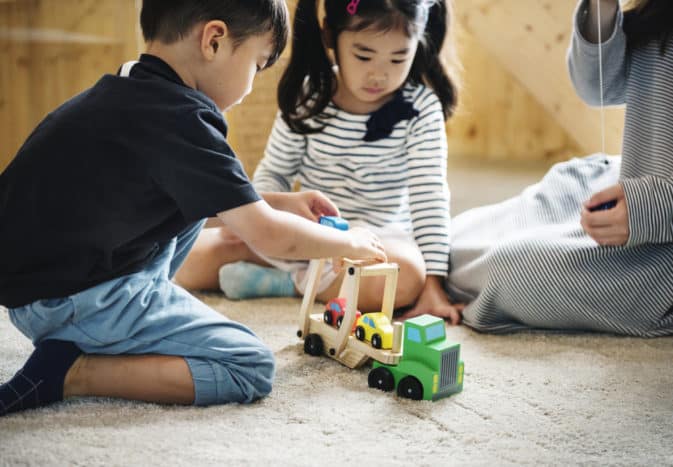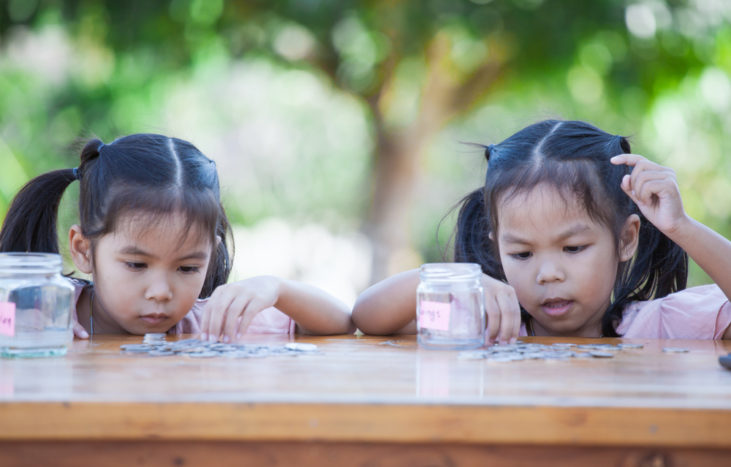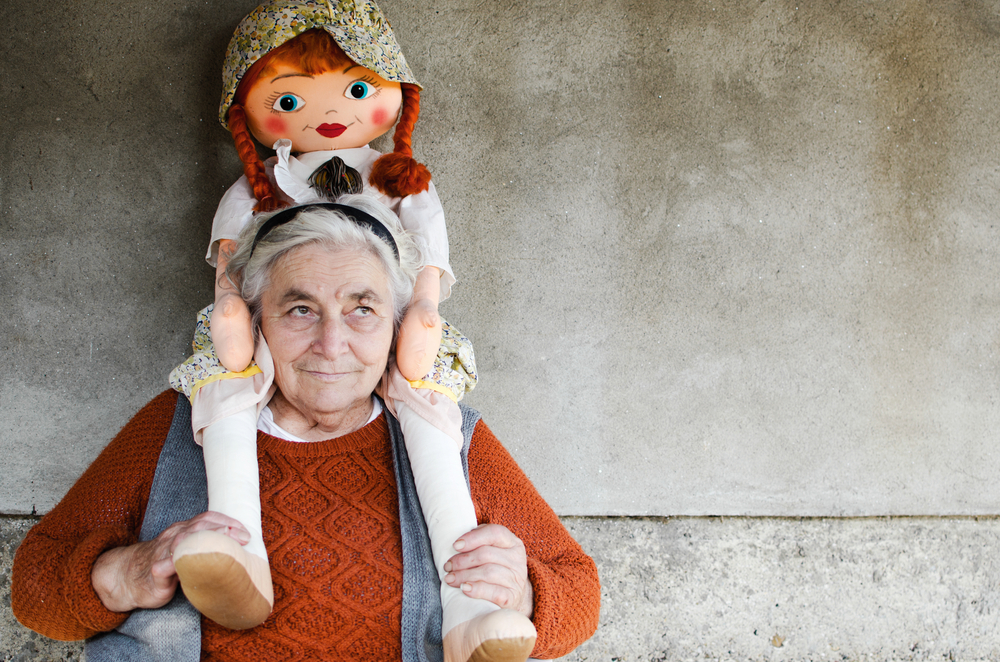Contents:
- Medical Video: Two Year Old Child Development Stages & Milestones | Help Me Grow MN
- Get to know the various types of children's games that are important for their development
- 1. 'Free' game (Unoccupied play)
- 2. Play alone (Independent play)
- 3. The game observes (Onlooker play)
- 4. Parallel game (parallel play)
- 5. Associative Games
- 6. Group games (Cooperative play)
Medical Video: Two Year Old Child Development Stages & Milestones | Help Me Grow MN
Playing is the main activity for children. Not just for fun, play can build creativity, imagination, and other skills that are very good for supporting children's growth and development. However, not all types of games are the same. Come on, find out the various types of children's games that are important for their growth and development according to the following expert.
Get to know the various types of children's games that are important for their development
Reporting from Very Well Family, there are six types of children's games that are performed according to age, mood, and social background, such as:
1. 'Free' game (Unoccupied play)
This game is usually done a lot when your baby is still a baby. This stage of the game refers to the child's creativity to move the body randomly and aimlessly. This is the most basic game performed by children. The point is to train children to be free to think, move and imagine without the rules of the game.
Some examples of games that you can play like playing throwing a ball. To further stimulate the development of your child, You can also provide a variety of other children's toys that have attractive textures and colors and can make sounds.
Avoid toys that are small in size, emit sharp light, and also too big.
2. Play alone (Independent play)
As the name implies, said independent means alone. That is, parents are only limited to watching their children when they play alone. Allowing children to play alone is very important for child development. Why? Playing alone means encouraging children to form independent attitudes.
There are no people around him who come into play, will make the child become more familiar with his own abilities and increase the child's confidence in his efforts in completing the game.
This type of game is usually performed by children aged 2 to 3 years. At that age, children tend to be shy and their communication skills are not good enough so they are more comfortable playing alone.
There are many ways to do this type of game. Examples, such as playing train-cranes or cars, playing dolls or action figure, and arrange puzzles or blocks.
3. The game observes (Onlooker play)
Have you ever watched a child who only observed other children playing? Yes, even though he didn't take part in the game, the child was actually playing too. Yes, 'watching game' (onlooker play).
This "observing game" helps your child develop communication with his age friends, understand the rules of the new game, and be more courageous to interact with other friends to discuss the game.
You can watch children do this, usually when playing outside the home. For example, taking care of other children who play hide and seek, see other children's games playing football, or see girls jumping rope.
4. Parallel game (parallel play)
When you are a toddler, your little one will experience a transition period, that is, from those who play alone then start mingling with their friends. But at first they will still play alone even though they are with their friends. This is called parallel play.
So he will tend to focus on the toys he is playing, even though there are friends around him who are playing the same game.Even though the child is still busy with his own world and does not pay attention to his other friends, this type of game provides an opportunity for children to establish relationships with other people. For example, they exchange toys or start small chats with their friends about the game.
5. Associative Games
Well, when the bigger the little one will tend to play associative games. This stage of the game is almost the same as the observing game, but this time the baby started to be interested in imitating the movements of the game he saw.
The little one will come into play, showing his interest in the game. For example, he is seeing his peers playing hide and seek. At that time, your child will not just observe, but also come running around looking for or around his friends who are playing.
In this stage of the game, even though the child has started to join the game, he still does not know how to play the game correctly or knows the rules of the game.
6. Group games (Cooperative play)
This type of child's play is the final stage when the child can really play with another friend. Usually cooperative play carried out by older children or already in school. This game uses all the social skills that children have, especially in communication.
Not just relying on your own abilities, such as playing marbles, hide and seek, bekel balls, or congklak. This type of game also builds children's collaboration and their group mates have the same goal, whether it's completing the game or winning the game. For example, playing dragon snake, galasin, or soccer.


















